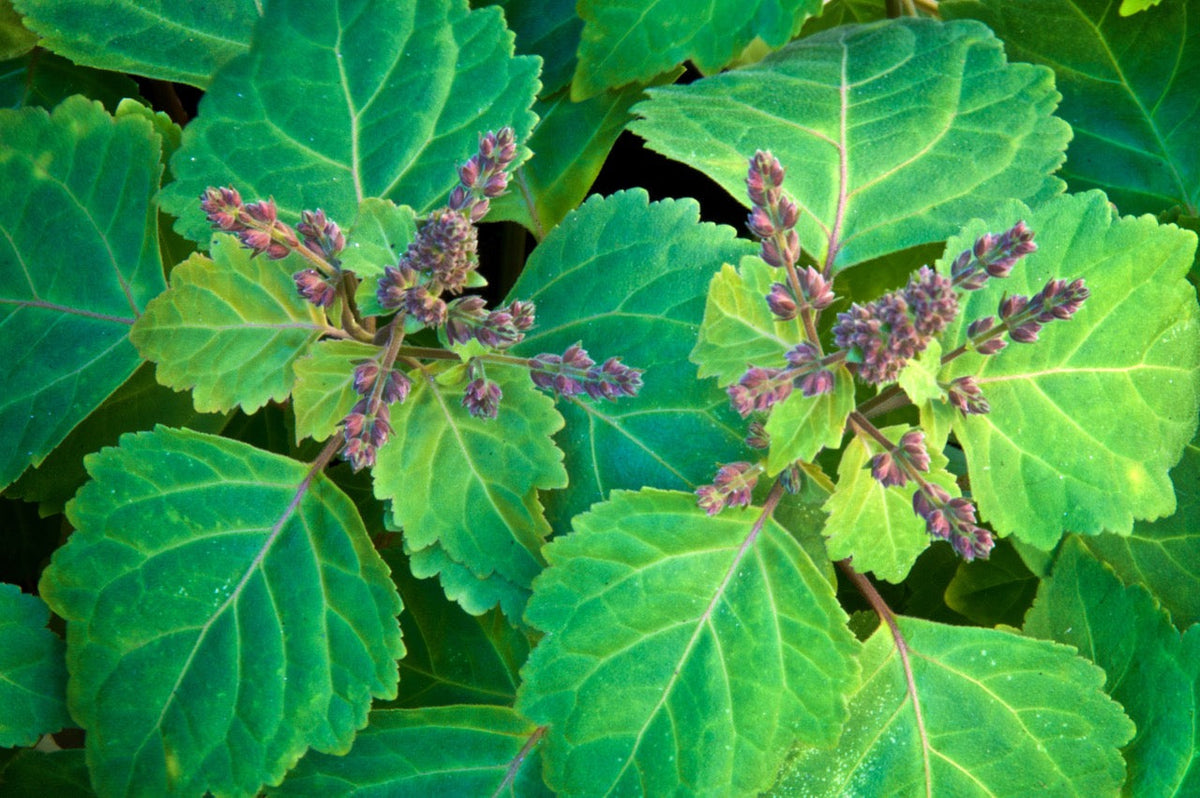

Gifting couldn't be easier
Add a gift message to be emailed to when their parcel arrives, or at a time of your choice.
French soaps are beloved for their natural purity, artisanal traditions, and skin-friendly formulas. But with so many labels and botanical names, it can be difficult to know exactly what’s inside your soap—especially if you have sensitive skin, allergies, or simply want to avoid synthetic additives.
This guide breaks down the most common base ingredients in French soaps, what they do, where they come from, and how to identify them on an INCI (International Nomenclature of Cosmetic Igredients) label.
French soaps are beloved for their natural purity, artisanal traditions, and skin-friendly formulas. But with so many labels and botanical names, it can be difficult to know exactly what’s inside your soap—especially if you have sensitive skin, allergies, or simply want to avoid synthetic additives.
This guide breaks down the most common base ingredients in French soaps, what they do, where they come from, are the planet friendly, and how to identify them on an INCI (International Nomenclature of Cosmetic Ingredients) label.
What it is: The core of any French soap, also known as Savon de Marseille, is saponified vegetable oil—most commonly olive oil, coconut oil, sustainable palm or shea butter.
Oil |
INCI Name |
Source |
Skin Benefits |
Texture & Lather |
Suitability for Sensitive Skin | Sustainability Notes |
Olive Oil |
Sodium Olivate Olea Europaea (Olive) Fruit Oil |
Olives (Mediterranean) |
Moisturising, gentle, rich in antioxidants |
Low lather, creamy, luxurious feel |
✅ Excellent |
Often local to Provence; traditional and sustainable |
Coconut Oil |
Sodium Cocoate Cocos Nucifera (Coconut) Oil |
Coconut kernels (tropical) |
Antibacterial, cleansing, moisturising |
High lather, bubbly, firm soap |
⚠ Can be drying for some |
Usually imported; sustainable if ethically sourced |
Palm Oil (RSPO) |
Sodium Palmate* |
Palm fruit (global tropics) |
Hardening agent, stable lather |
Hard bar, balanced lather |
✅ Generally safe |
Must be RSPO-certified to ensure deforestation-free |
Sunflower Seed Oil |
Sodium Sunflowerseedate Helianthus Annuus (Sunflower) Seed Oil |
Sunflower seeds (Europe) |
Light, non-comedogenic, high in vitamin E |
Soft texture, gentle lather |
✅ Very suitable |
Grown in France, sustainable and low impact |
Organic Shea Butter |
Butyrospermum Parkii (Shea Butter |
Shea nuts (West Africa) |
Deeply nourishing, anti-inflammatory, rich in vitamins A & E |
Creamy, conditioning lather |
✅ Ideal for sensitive/dry |
Fair trade and organic options available; ethical sourcing encouraged |
Sweet Almond Oil |
Prunus Amygdalus Dulcis (Sweet Almond) Oil |
Almonds (Mediterranean) |
Soothing, softening, vitamin-rich |
Smooth feel, mild lather |
⚠ Caution: nut allergy risk |
Often grown in Provence; gentle and natural |
Grapeseed Oil |
Vitis Vinifera (Grape) Seed Oil |
Grape seeds (winemaking byproduct) |
Antioxidant-rich, absorbs easily, non-greasy |
Light, soft texture |
✅ Very suitable |
Recycled from wine industry waste; eco-conscious |
Castor Oil |
Ricinus Communis (Castor) Seed Oil |
Castor beans (tropical/subtropical) |
Humectant, draws moisture into the skin |
Enhances lather and bubbles |
✅ Hypoallergenic |
Often used in small quantities; sustainable cultivation |
INCI: Sodium Hydroxide
Used to saponify oils into soap. It’s not present in the final product once the soap is properly cured.
Not an allergen in cured soap
Without it, you can't make real soap!
Essential for the saponification process and moisture balance in the final bar.
French soaps—especially those from Provence—often include plant-based essential oils for fragrance and skincare benefits.
|
INCI Name |
Plant |
Scent/Effect |
Allergies? |
Lavandula Angustifolia Oil |
Lavender |
Calming, floral |
Low risk |
Citrus Limon Peel Oil |
Lemon |
Fresh, antibacterial |
Photosensitivity possible |
Cymbopogon Nardus Oil |
Citronella |
Insect-repellent |
Generally safe |
Pogostemon Cablin Oil |
Patchouli |
Earthy, grounding |
Generally safe |
Geraniol, Linalool, Citral, Limonene, Coumarin |
Found naturally in essential oils |
Scent components |
EU-declared allergens in high amounts |
Many soaps also contain 'parfum'. This is a complex blend of natural and synthetic components to create a single fragrance. There can be as many as 300 different compounds in 'parfum'. We explain more about this in a seperate article.
If you're very sensitive, opt for unscented Marseille soap made with only olive oil and soda.
|
Exfoliant |
French Name |
Origin |
Exfoliation Type |
Benefits |
Red clay |
Argile rouge |
Natural mineral |
Gentle |
Purifies the skin, removes toxins, good for sensitive skin |
Charcoal |
Charbon actif |
Plant-based (usually wood) |
Medium to strong |
Detoxifies, absorbs excess oil, deep cleans pores |
Loofah fibres |
Fibres de luffa |
Plant-based (dried gourd) |
Strong |
Intense exfoliation, stimulates circulation |
Apricot kernels |
Noyaux d’abricot moulus |
Plant-based (fruit pits) |
Medium to strong |
Removes dead skin cells, smooths skin |
Rose petals |
Pétales de rose séchés |
Plant-based (flowers) |
Light |
Natural scent, gentle on skin, calming effect |
Lavender flowers |
Fleurs de lavande séchées |
Plant-based (flowers) |
Light |
Soothing, antiseptic, gentle exfoliation |
Dried herbs |
Herbes séchées (e.g., rosemary) |
Plant-based |
Light to medium |
Varies by herb: toning, refreshing, or purifying |
Citrus bark |
Écorce d'agrumes séchée |
Plant-based (peels) |
Medium |
Toning, fresh scent, may brighten complexion |
Many Provence soaps include beautiful natural hues from clays, herbs, or plant extracts, while others may include safe cosmetic-grade pigments.
Iron Oxides (CI 77491/2/3): Natural, skin-safe mineral colours
Ultramarines (CI 77007): Used for blue/purple shades
Avoid: FD&C synthetic dyes if you're very sensitive
If you’re shopping with allergies in mind, look out for:
Parfum (Fragrance) — can be synthetic if not specified as “natural”
Sodium Lauryl Sulfate (SLS) — harsh foaming agent, rare in French soaps but found in cheap imitations
Preservatives — rarely needed in true solid soap, but avoid products with Phenoxyethanol or Parabens
High Coconut Content — great lather, but may be drying if used as the main oil
How to read French soap labels: Ingredients will appear in Latin/INCI form, not plain English. Look for short ingredient lists and familiar plant sources.
At French Soaps UK, we stock authentic, safe, and sustainable soaps. We do not import any products containing Sodium Lauryl Sulfate (SLS) or parabens.
Fer à Cheval Traditional Marseille Soap – Made with only olive oil, water, and soda. Pure and hypoallergenic.
La Corvette Organic Marseille Soap – Certified by Ecocert, unscented or with natural essential oils.
Tadé Aleppo Soaps – Blends of olive oil and laurel oil. Gentle and suitable for delicate skin.
Real French soaps are simple, transparent, and honest. If you have allergies or sensitive skin keep it clean and basic.
©️ French Soaps UK 2025
If you would like help shopping this article, or have further product or ingredient questions then please contact us and we will be happy to help. E. bonjour@frenchsoaps.co.uk T. 01423 803080
Telephone or Whats App: 01423 803080
Email: bonjour@frenchsoaps.co.uk
Social: @FrenchsoapsUK
Address: Unit 14 Ousegill Business Park, Carr Side Road, Great Ouseburn, North Yorkshire, YO26 9AE
Sign up for our newsletter and get all the latest news, offers and more delivered straight to your inbox. You can unsubscribe at any time. By 'submitting' you are agreeing to our T&C's and Privacy Policy.

Gifting couldn't be easier
Add a gift message to be emailed to when their parcel arrives, or at a time of your choice.



